Winter is on it’s way, the snow is sticking, and people are heading to the slopes for winter sports and fun. If you’re a beginner or it’s your first time on a mountain, snowboarding and skiing could be intimidating.
While both these sports are a great deal of fun, in addition they require a lot of knowledge and planning in order to stay safe and also have a great time.
Accidental injuries from snowboarding and skiing, along with sledding, snowmobiling, along with other winter sports, can vary and include very significant injuries greatly. Injuries from such sports activities can internally happen externally or, on your own body, face, or mind, can effect your eye or extremities, and can result in death potentially. Now that’s no cause to be scared to use it, you just have to do your research and take the necessary precautions. Use the checklist below to make sure you’re taking the proper precautions as a beginner or, alternatively, not forgetting something as a practiced winter sport enthusiast.
Checklist:
⇒ Get Fitted for the Proper Gear:
Probably the most considerations you should carry out to get ready for your first visit to the slopes is move get fitted for the correct sizes at an area ski/snow store. After your initial fitting, you should be sure to go back once a year to for fittings to be adjusted as necessary. Additionally, gloves with wrist support are a great idea for snowboarders since it’s instinct to catch ourselves when falling even though you will be instructed to fall differently. Lastly, you should always make sure your equipment and gear is in good condition, even if you buy it used or it becomes worn over time.
⇒ Invest in Layers of Clothing:
A major safety (and comfort) tip as a beginner would be to invest in several layers of clothing you retain designed for hitting the slopes. You can find 3 main layer varieties that may help you prevent hyperthermia, frostbite, or being uncomfortably chilly simply. The inner layer will include polypropylene underwear on base and best for wicking moisture, as the intermediate layers can contain turtleneck sweats, and the outermost layer should be water-proof material that may become a shield. For the best protection, your clothing should be tight and closed off at the ankles and wrists with collars or accessories that completely cover the neck.
⇒ Buy and Wear a Snow Sport Helmet:
You should always invest in and wear a snow sport helmet – these will protect your head and will have the proper shape/design to accommodate snow goggles and eyewear. Most resorts require helmets if the mountain holiday resort you choose doesn’t need you to use a helmet on the slopes, you need to wear one for more protection always. Don’t forget, you may get a concussion from your own head hitting snow simply, but you’ll end up being riding lower a mountain maneuvering around trees also, people, and rocks. Practiced skiers and snowboarders possess accidents even, so it’s easier to be secure than sorry.
⇒ Use Sunblock and Proper Eyewear/Sunwear:

Snow reflects around 70-80% of Ultra violet rays, which is a lot more than grass, asphalt, or drinking water, so it’s essential that you not merely use sunblock but additionally use sunwear for attention security. It’s recommended to create both goggles and sunglasses with 100% UVA/UVB protection. If your goggles fog or you’re between rides up, you can change to your sunglasses or winter sport fitover sunglasses to enjoy the view while keeping your eyes protected from harmful UV rays. If you wear glasses then carrying both goggles and sunglasses may seem like a drag, especially if you don’t want to spend the extra money on prescription glasses sunglasses – this is where fitovers sunglasses can be useful.
⇒ Warm Up and Stretch Beforehand:
Like any sport just, snow sports require a substantial amount of physical activity which means you should try to already be within good shape when moving out to slopes. Furthermore, you need to do a warm-up and stretch before each time of riding – you don’t desire to spend the very next day(s) seated out as you pulled a muscles on the initial day of riding.
⇒ Get Lessons from a Certified Instructor:
The pros make skiing and snowboarding look like a piece of cake, but winter sports, especially on snow, require certified training and a good amount of knowledge. It’s a good idea to get lessons from a certified instructor before going on your first run and with every new trick you’re interested in mastering.
⇒ Never Ride Alone:
Children especially should never ride alone, however it is wisest to always have a partner with you on the slopes, no matter your skill level or confidence. It’s always more fun with a friend and you’ll have someone with you who can help you or go get you help if an accident occurs.
⇒ Stay Aware of Your Environment:

It is a very obvious safety precaution, but we think we have to call out a few factors that you can remember when beginning snow sports, at resorts and centers with other folks around especially. First, it’s continually your responsibility to understand and prevent hitting people in front of you but you should also call out which part you’ll be passing someone. Secondly, if you find that you should stop for any reason, you should try to make your way to the side of the run, out of some other people’s way. This is when you have to take extra care to be aware of people who are coming down the mountain behind you. Be sure the path to your left or right is clear behind you and that means you don’t suddenly turn in front of someone and have a collision. In this case, try to look around yourself as much as possible if you’re on a snowboard, as you can sometimes end up with a blind-spot.
⇒ Stay Hydrated and Stop When You’re Tired:
One of the most important rules in any sport is to drink plenty of water and listen to your body. Always carry a water bottle in your pack in case you find you or your riding partner(s) get thirsty. Also, remember that while you’re having tons of fun, you’re also working your body out and if you become tired, it’s better to rest and take a break than sacrifice form or safety on the slopes
⇒ Do Not Use Alcohol or Drugs:
Last but not least, snowboarding and skiing are not recreational sports that should include recreational drinking or drug use. Just like driving, you will be putting yourself and others around you in danger if you drink too much or use drugs of any kind before or during your rides. You must always stay alert, hydrated, and coordinated while on your board or skis.
You can also check out this sheet by Nationwide Children’s Hospital for more winter sport injury facts and safety tips. Did we miss something? Leave a comment below with some of the safety precautions you take or other winter sport tips you have for readers!




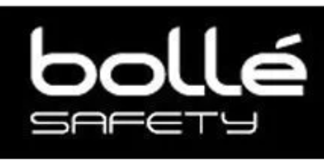



































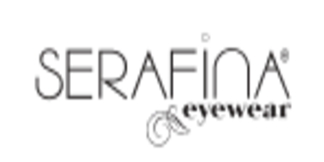


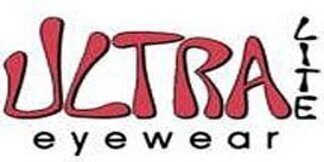






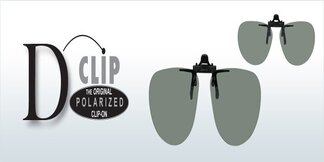

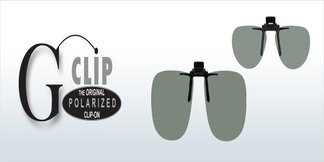







Leave a Reply